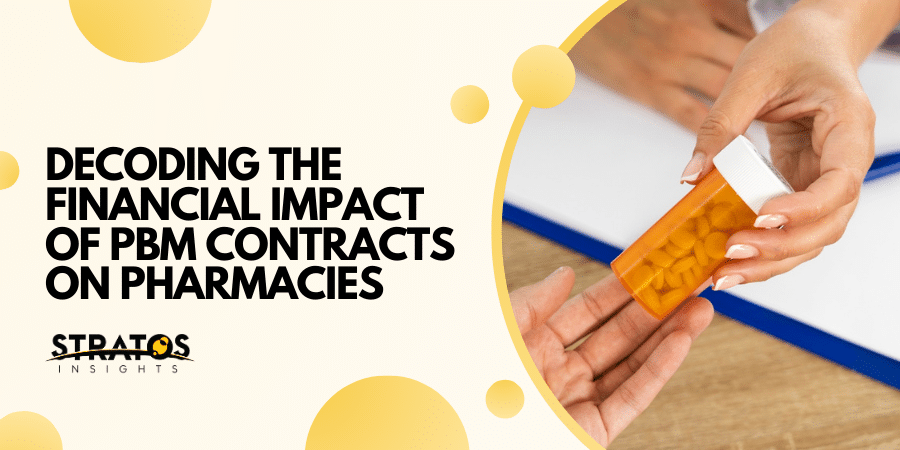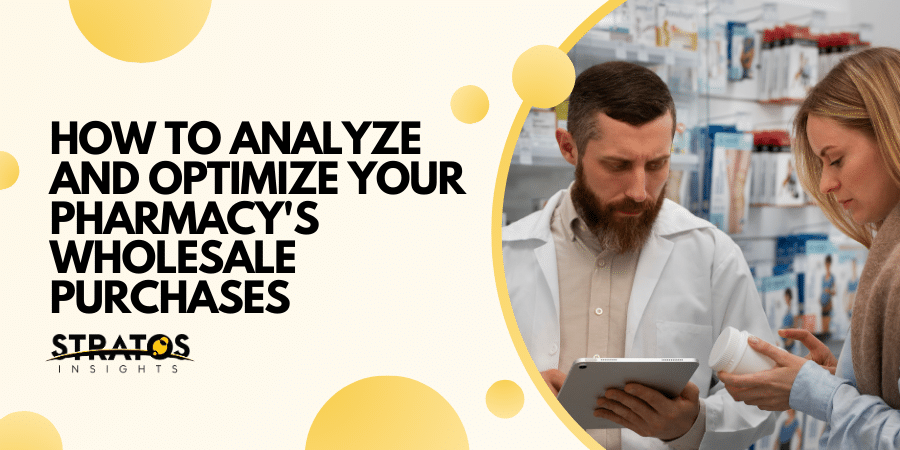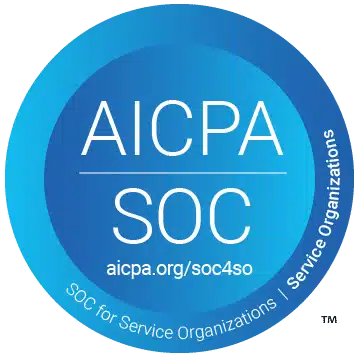When stepping into the realm of new pharmacy acquisitions, the process can seem as intricate and challenging as it is promising. Whether you’re an independent pharmacy owner aiming to expand your reach, a larger chain increasing your retail footprint, or a consultant providing invaluable insights to your clients, understanding the depth of an acquisition is crucial. Analyzing costs, forecasting savings, and mitigating risks are all essential steps to ensure a sound investment. We’re here to explore the systematic approach necessary to successfully navigate new pharmacy acquisitions.
Understanding Your Current Position
Evaluating Existing Operations
A thorough evaluation of your existing pharmacies regarding their financial health, operational efficiency, and compliance status sets a solid foundation. Focus on:
- Current COGS (Cost of Goods Sold): Analyze your existing COGS to understand your pricing power and profit margins. This provides a benchmark for evaluating new acquisitions against the book of third-party business for the potential acquisition.
- Profitability Metrics: Assessing your current gross margin, net profit, and operational costs will help determine the financial impact of a new acquisition.
Cost and Savings Analysis
An integral component of pharmacy acquisitions is understanding and evaluating the Cost of Goods Sold (COGS). COGS represents the direct costs attributable to the production of the goods sold by a pharmacy, including the costs of acquiring inventory. Proper assessment of COGS is crucial, as it directly impacts profitability. The primary goal here is to identify areas where costs can be reduced without compromising service quality. Let’s break down key steps to assess and optimize COGS:
1. Benchmark Pricing
Comparing Purchase Costs with Industry Benchmarks
To gauge whether the prospective pharmacy’s purchase costs are competitive, it is essential to compare these costs against industry benchmarks. This process involves:
- Gathering Data: Collect pricing data for key pharmaceuticals and supplies from various industry sources. This can include data from national databases, industry reports, or benchmarking studies.
- Comparative Analysis: Compare the purchase prices of the prospective pharmacy against the industry averages or the prices you currently pay. This comparison can reveal if the prospective pharmacy is paying more than the standard rates.
Performance Monitoring and Forecasting
Continuous Monitoring
Once the acquisition is complete, continuous performance monitoring ensures that the projected savings and efficiencies are realized. Key monitoring activities include:
- Contract Performance: Monitor wholesaler performance against agreed benchmarks to ensure cost savings are actualized.
- Dashboard Analytics: Utilize dynamic dashboards to keep track of key performance indicators, ensuring real-time insights into operational efficiency and profitability.
Conclusion
New pharmacy acquisitions hold immense potential for growth, but they require a comprehensive analysis approach to ensure success. By meticulously evaluating financial health, understanding COGS, identifying potential savings, managing risks, and continuously monitoring performance, prospective buyers can make informed investment decisions that yield long-term benefits.
At the core of these analytic processes, Stratos Insights stands ready to assist. From deep RFP analyses and proactive compliance reporting to profitability optimization and future impact forecasting, Stratos Insights empowers pharmacy owners and operators to navigate acquisitions with clarity and confidence. Let us be your strategic partner in making data-driven decisions that propel your business forward.






